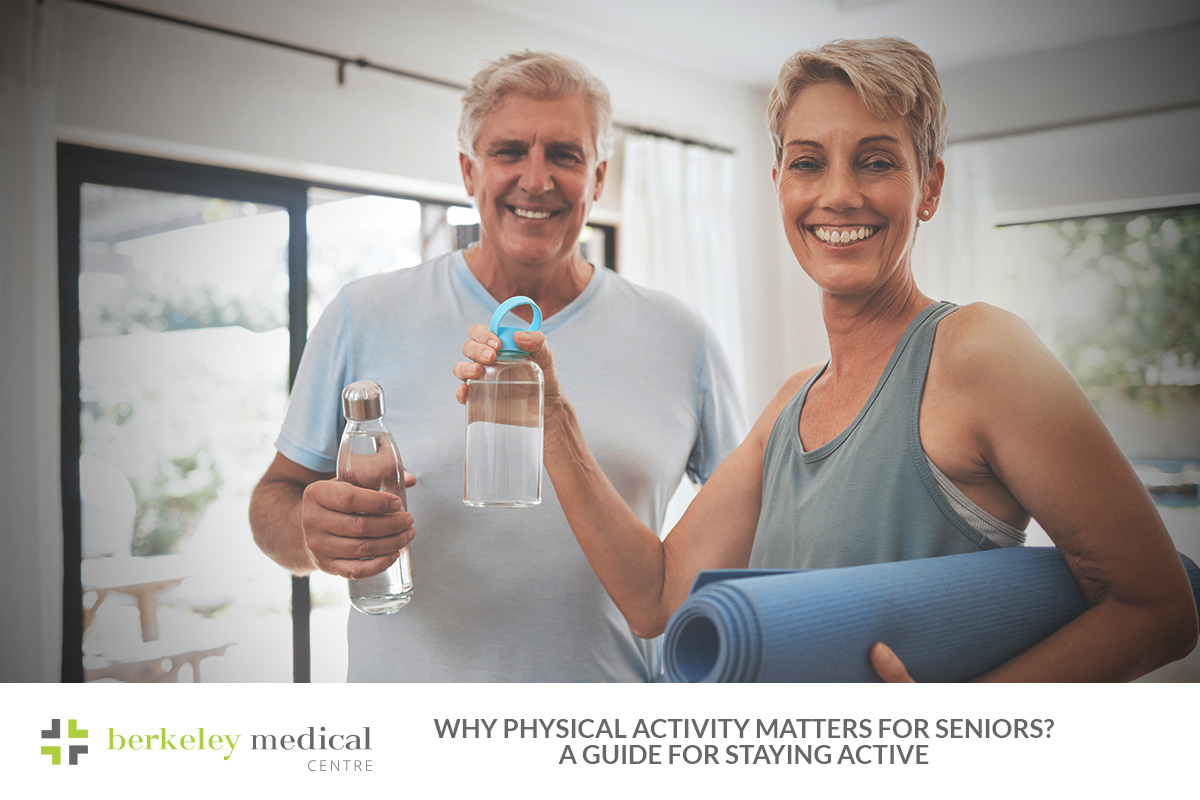Exercise for Seniors is one of the most effective ways to maintain independence, mobility and quality of life as you age. Yet, many older Australians are not meeting the recommended activity levels often due to health concerns, uncertainty about where to start or lack of access to safe options.
In this guide, you will learn about the benefits of exercise for seniors, how much activity older adults need and which types of exercises are best for promoting long-term strength, balance and wellbeing.
Whether you are over 65 or caring for someone who is, this article will help you build confidence to get moving and stay active.
What Are the Benefits of Exercise for Seniors?
Physical activity supports nearly every aspect of health especially as we age. Here are the most important ways staying active benefits older adults:
improves Strength and Mobility
Engaging in regular movement, such as walking or resistance training, helps maintain muscle strength, joint flexibility and bone density. This lowers the risk of falls and supports independence with daily activities like shopping, climbing stairs or getting out of a chair.
Supports Heart and Lung Health
Aerobic activities improve cardiovascular endurance, reduce blood pressure and improve circulation. This lowers the risk of stroke, type 2 diabetes and heart disease common health issues in older age.
Boosts Mental Health and Mood
Exercise releases endorphins that help reduce symptoms of anxiety, depression and cognitive decline. It also enhances sleep quality and improves overall emotional wellbeing.
Helps With Weight Management
Physical activity burns energy and supports a healthy weight. This reduces the risk of obesity-related illnesses, including osteoarthritis and insulin resistance.
Clearly, staying active offers wide-ranging benefits not just physically, but emotionally and socially too.
How Much Exercise Do Older Adults Need?
According to the Australian Department of Health’s guidelines, adults aged 65 and over should aim for a variety of physical activities across the week to improve strength, balance, flexibility and endurance.
Recommended activity levels for seniors include:
- At least 30 minutes of moderate-intensity activity (like brisk walking) on most days
- Strength-based exercises two or more days a week
- Balance and flexibility training at least twice a week to prevent falls
You can split this into shorter sessions (e.g. 3 x 10 minutes per day) and still gain health benefits. The key is consistency moving your body daily helps maintain progress.
Before starting a new routine, it is best to consult your GP or physiotherapist, especially if you have a chronic condition or mobility issue.
What Are the Best Types of Exercise for Seniors?
A well-rounded plan should include four main types of exercises for seniors: aerobic, strength, balance and flexibility.
Aerobic (Cardio) Exercises for Seniors
Aerobic activity improves heart and lung function while increasing stamina.
Examples include:
- Brisk walking
- Water aerobics or swimming
- Cycling (stationary or outdoor)
- Dancing or group fitness classes
Start slow and increase the intensity as your endurance improves.
Strength Training for Older Adults
Maintaining muscle strength is vital for independence, bone health and metabolic function.
Try:
- Bodyweight exercises (wall push-ups, squats, lunges)
- Resistance bands or hand weights
- Household tasks like gardening or lifting light items
Aim for two sessions a week, working all major muscle groups.
Balance Exercises for Fall Prevention
Balance-focused training can significantly reduce your fall risk a major health concern in later life.
Balance activities may include:
- Standing on one foot
- Heel-to-toe walking
- Tai chi or yoga
- Stability ball exercises (with supervision)
Start with support, such as holding onto a chair or railing, then progress as your balance improves.
Flexibility and Stretching Exercises
Stretching helps relieve joint stiffness, improve posture and support freedom of movement.
Best flexibility exercises for seniors:
- Daily stretching of shoulders, calves, neck and lower back
- Chair yoga or gentle mat yoga
- Warm-up and cool-down stretches after aerobic activity
Flexibility work is especially helpful for seniors with arthritis or joint stiffness.
What Barriers Might Seniors Face and How to Overcome Them?
Despite the benefits, many older adults find it hard to maintain regular activity. Let’s look at common obstacles and how to address them.
Common barriers to senior exercise include:
- Health conditions like arthritis or heart disease
- Fear of injury or falling
- Lack of motivation or social support
- Limited access to facilities or safe environments
Solutions to help you stay active:
- Start slowly with low-impact exercises such as walking or water-based activities
- Join a seniors exercise group or walking club for motivation and social interaction
- Use online resources or videos tailored to older adults
- Work with an allied health professional like a physiotherapist or exercise physiologist for a personalised plan
- Incorporate activity into daily life take the stairs, do light gardening or stretch during TV ad breaks
With the right support, staying active becomes more manageabl and more enjoyable.
Tips for Staying Active and Motivated in Older Age
Here are some simple, effective ways to keep moving and maintain your motivation:
- Set realistic goals: Begin with what feels manageable and increase gradually
- Create a routine: Walk every morning or stretch before bed
- Make it social: Invite a friend, partner or neighbour to join you
- Track your activity: Use a notebook, calendar or app to record your progress
- Celebrate achievements: Acknowledge every milestone, big or small
The more you enjoy your routine, the more likely you are to stick with it.
Final Thoughts
Physical activity plays a critical role in helping older adults maintain health, mobility, mental wellbeing and independence. Whether you are walking around the block, lifting light weights or joining a local tai chi class, every bit of movement counts.
At Berkeley Medical Centre, we support seniors in staying active, strong and independent. Our GPs can assess your health, guide you with safe exercise advice and connect you with allied health professionals for ongoing care. Let us help you move confidently through your later years. Remember: it is never too late to start and even small steps can make a big difference.







